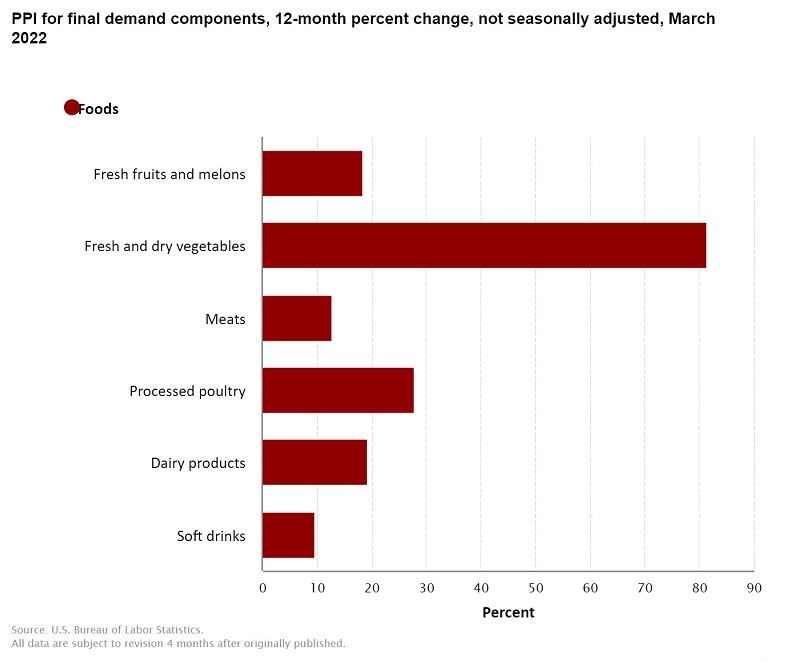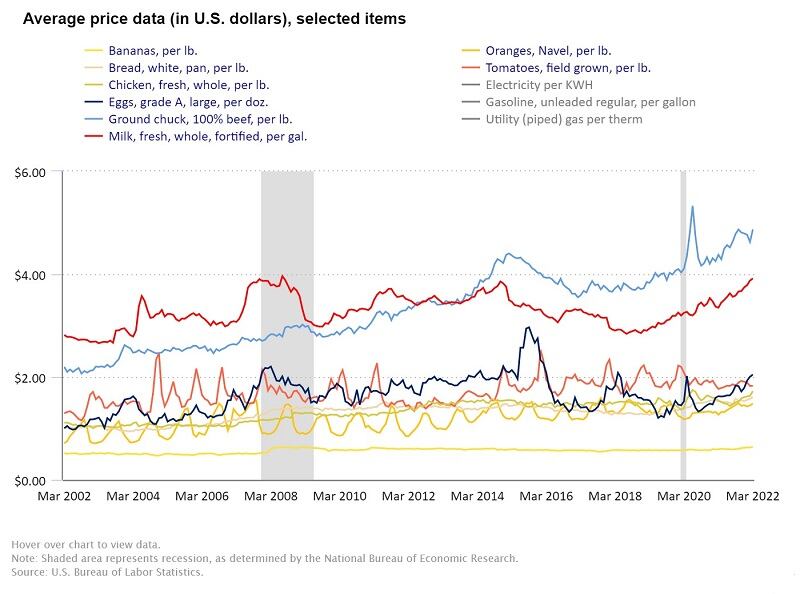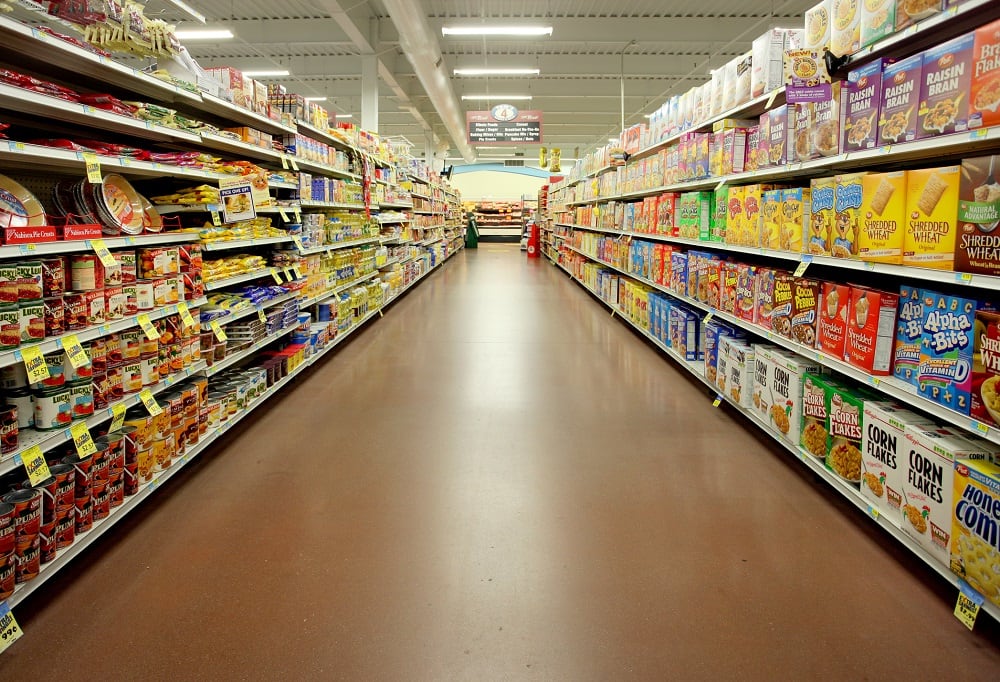The PPI, which measures supply conditions, increased a seasonally adjusted 1.4% in March from the prior month – outpacing economists’ expectations of 1.1%.
As a measure of how much manufacturers pay for goods and services, the PPI is a leading indicator for inflation, and while it doesn’t directly correspond to the consumer price index, or what shoppers pay, it influences pricing strategies. Because many food manufacturers already are taking cost savings measures to manage persistent increases over the past year, there likely is little room within their margins to absorb the full brunt of the PPI’s most recent increases. As a result, additional price hikes at store shelves are likely.
Indeed, according to a recent survey by the National Federation of Independent Business, nearly three-quarters of small businesses in March reported raising prices and 50% said they planned to do so in the next three months.
Energy and food drive increase
The spike in the final demand for goods within the PPI was driven by a 5.7% jump in energy prices and a 2.4% increase in food costs in March from February. Within food, the largest jump in March was in fresh and dry vegetables, which surged 42.4%, followed by a 3.8% increase in processed poultry and 2.7% in dairy products.
The price of meat dipped 2.4% as did those for fresh fruits and melons by 8% in March. But this is little reprieve for the increases tracked over the past year, during which the price of meat increased 12.8% and fresh fruits and melons increased 18.5%. The leader for the year, however, is fresh and dry vegetables which are up 81.5%, followed by a 27.9% increase in processed poultry and 19.3% increase in dairy products.
What is behind the spike?
The March increase in food reflects the “consequences of Russia’s invasion of Ukraine,” which the Consumer Brands Association notes “has upended commodities markets.”
In a statement, the trade group explains: “Russia and Ukraine exported approximately one-quarter of the world’s wheat, and the disappearance of that market created pricing pressure that pushed wheat up 70% over last year. Russia produced 75% of the world’s sunflower oil, which has created a global scramble for new suppliers and alternatives, as shown by a 46% jump in edible oils.”
CBA also attributed the gains to “sluggish labor growth,” and noted that while CPG companies continue to hire, adding 4,294 jobs last month, this is still “far short of what the industry needs to fill its 112,000 openings.”
Finally, the trade group notes ongoing trucking challenges, including too few drivers and higher fuel prices, are negatively impacting the cost of goods for the industry.
According to the PPI, diesel prices over the last year surged 64% -- a significant blow to the CPG industry which ships one-fifth of all freight, CBA said. The PPI also tracked a related 5.5% increase in transportation demand.
CBA says PPI increase underscores need for federal office of supply chain
To offset higher fuel charges and avoid supply chain delays, many CPG companies are adopting a just-in-case versus just-in-time inventory strategy that requires significantly more warehousing, which also saw significant price increases. According to the PPI, the final demand for transportation and warehousing increased 5.5% in March over the prior month and 21% over the course of the previous year.
Recognizing that not all of these challenges can be controlled, CBA president and CEO Geoff Freeman is calling on the US government to manage what it can – most notably transportation and storage challenges.
To do this, the trade group is advocating for an established federal office of supply chain that could leverage the government’s “unique position to see across multiple links, from ports to trucking, to enhance the US’s ability to spot and solve for issues before they become larger problems.”




